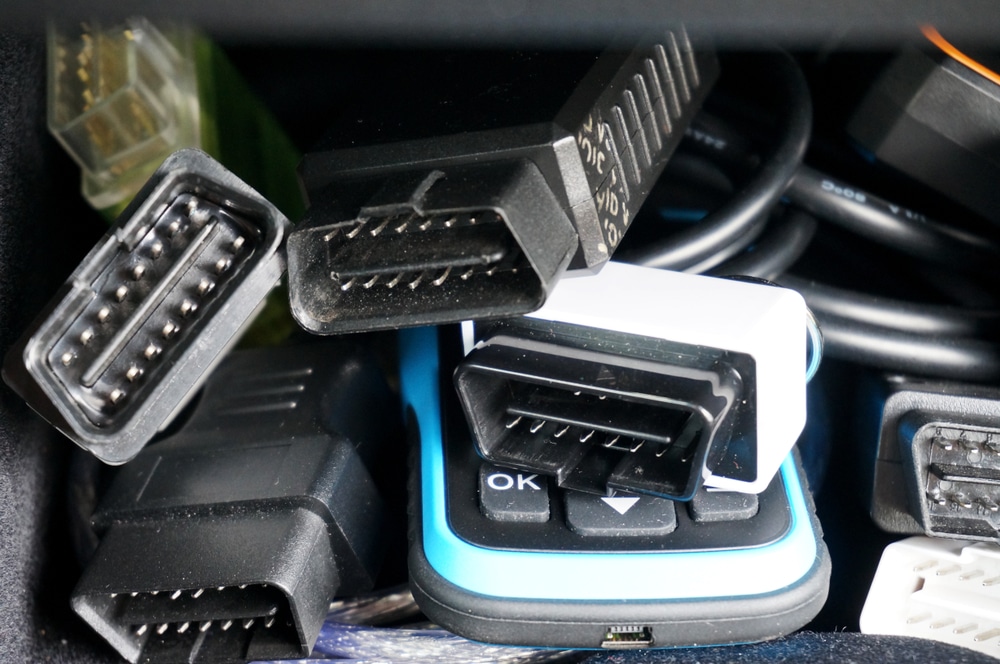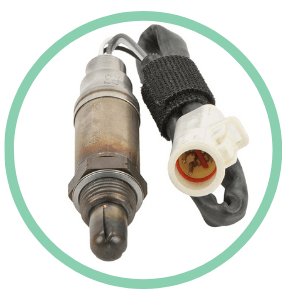What It Means: The reduced engine power warning in your Chevy Impala is typically triggered by a problem with an engine management sensor or the ECU (Engine Control Unit).
This issue can significantly limit your car’s speed, making it challenging and potentially unsafe to drive on highways.

Chevy Impala “Reduced Engine Power” Diagnostic Table
In my experience with the Impala, the most common issue that causes the Reduced Engine Power message is the TPS.
| Possible Cause | Description & Suggested Action | Potential OBD2 Trouble Codes |
|---|---|---|
| Throttle Body Issues | Fault in the throttle body can lead to reduced engine power. Action: Clean or replace the throttle body as needed. | P2111, P2112, P2101 |
| Throttle Position Sensor (TPS) | A malfunctioning TPS can send incorrect signals. Action: Test and replace the TPS if it is faulty. | P0121, P0122, P0123 |
| Pedal Position Sensor | Problems with the pedal position sensor affect throttle control. Action: Inspect and replace the sensor if necessary. | P2120, P2122, P2123 |
| Engine Control Module (ECM) Problems | Issues with the ECM can lead to various engine performance problems. Action: Perform a diagnostic scan for ECM error codes and address them. | P0601, P0606, P0615 |
| Faulty Wiring or Connections | Loose or damaged wiring can disrupt signals within the throttle system. Action: Check and repair any faulty wiring or connections. | P2176, P2135, P2138 |
| Airflow Sensor Malfunction | A faulty mass airflow sensor affects the engine’s air-fuel ratio. Action: Inspect and replace the mass airflow sensor if needed. | P0101, P0102, P0103 |
Due to the complexity of the systems involved, a professional mechanic should inspect the vehicle for a precise diagnosis and repair.
There Should Be A Trouble Code
Retrieving trouble codes is the fastest way to narrow down potential causes.

- Diagnostic Trouble Codes: When the reduced engine power light turns on, your Chevy Impala’s OBD II system stores specific diagnostic codes. These codes are crucial as they help pinpoint the issue.
- Using a Code Scanner: Investing in a reliable code scanner is a smart move. It simplifies the diagnosis process by interpreting these codes for you.
Common Causes

- Throttle Body Issue: A frequent culprit. If the throttle body isn’t sending correct voltage responses to the ECU (Engine Control Unit), the ECU can’t accurately gauge acceleration based on your gas pedal input. To prevent unintended acceleration, it activates reduced engine power mode.
- Oxygen (O2) Sensors: These sensors measure exhaust oxygen levels to maintain the right air/fuel mix. While a complete failure might not trigger reduced power mode, related codes (like P0160) are worth investigating.
- Throttle Position Sensor (TPS): This sensor is vital. If it fails, the ECU can’t tell how much gas you’re giving the engine, affecting both acceleration and transmission shifting.
- ECU Problems: The ECU, acting as the vehicle’s brain, processes data from all sensors. If it malfunctions, it can activate the reduced engine power condition, as it’s unable to manage the engine effectively.
Next Steps
- Scan for Codes: Use a code scanner to read the stored diagnostic trouble codes.
- Inspect Identified Components: Based on the codes, check the throttle body, O2 sensors, TPS, and possibly the ECU.
- Consider Professional Help: If you’re unsure about diagnosing or fixing the issue, it’s wise to seek assistance from a qualified mechanic.
Should You Drive Your Impala with the Reduced Power Light
NO!
Driving your Chevy Impala with the reduced engine power light on is generally not recommended. Here’s why:
- Safety Concerns: The reduced engine power mode is a safety feature that limits your vehicle’s performance to prevent potential damage. Driving in this mode can affect your ability to accelerate properly, especially in situations where quick response is needed, like on highways or in heavy traffic.
- Potential Damage: Continuing to drive with the light on could exacerbate any underlying issues, leading to more extensive and costly repairs.

